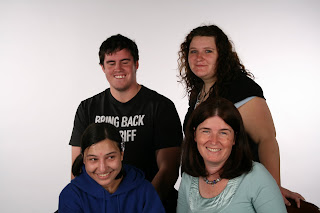Self Portrait
 My life has a lot of ups and downs, and sometimes I feel like I am just performing a part that I wasn’t really meant to play: I’m clumsy, I’m not a great dresser, I’m not feminine in any way and I tend to say the wrong thing at the wrong time. And even though my life seems kind of tragic, all you can really do is laugh about it. For my self-portrait, I would like to portray myself as Charlie Chaplin; the king of slapstick comedy. Drawing inspiration from old silent movies and the song “Smile” by Charlie Chaplin, I will create a contemporary drag version of the old movie star’s character “the tramp” and make it my own.
My life has a lot of ups and downs, and sometimes I feel like I am just performing a part that I wasn’t really meant to play: I’m clumsy, I’m not a great dresser, I’m not feminine in any way and I tend to say the wrong thing at the wrong time. And even though my life seems kind of tragic, all you can really do is laugh about it. For my self-portrait, I would like to portray myself as Charlie Chaplin; the king of slapstick comedy. Drawing inspiration from old silent movies and the song “Smile” by Charlie Chaplin, I will create a contemporary drag version of the old movie star’s character “the tramp” and make it my own.The image will be a full-length portrait using broad lighting on a white background.
Single Portrait
I have chosen the option of producing a contemporary studio portrait for a women’s’ magazine cover. The portrait will ¾ length (as I am shooting a full length for my self-portrait) and will also be on a white background. The lighting for this shot will be a basic Hollywood design. The model will most-likely be dressed in slightly off-beat fashion with hair and make-up done by myself.
Group Portrait
As I don’t have a lot of time handy, I am also going to do the group portrait on a white background. It will be a full-length Band Shot with the lead singer further forward on the focal plane than the other band members, as they are the “face” of the band. This will be a difficult shot to manoeuvre, but I am confident that if I use a smaller aperture such as f/22 I will be able to keep everyone in focus. I will use two broad lights so that I get the least amount of shadow and have them directed centrally so that everyone is in the light, but the most light is on the lead singer.




























